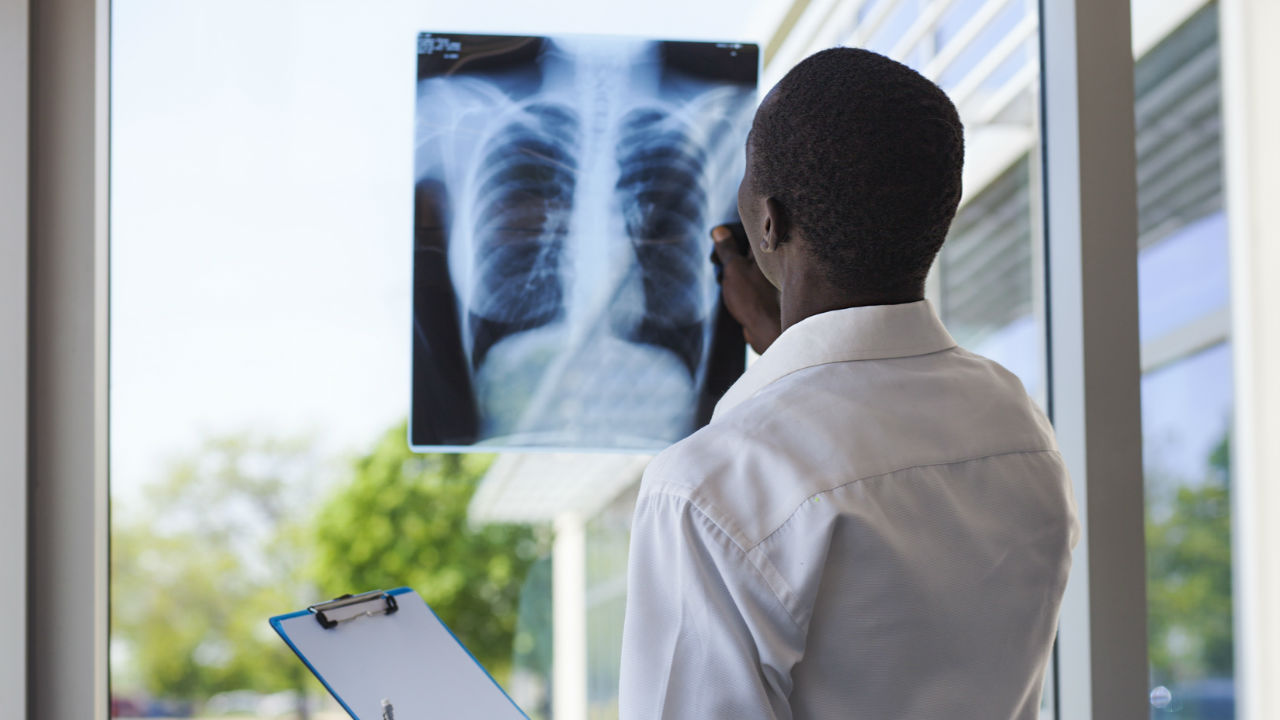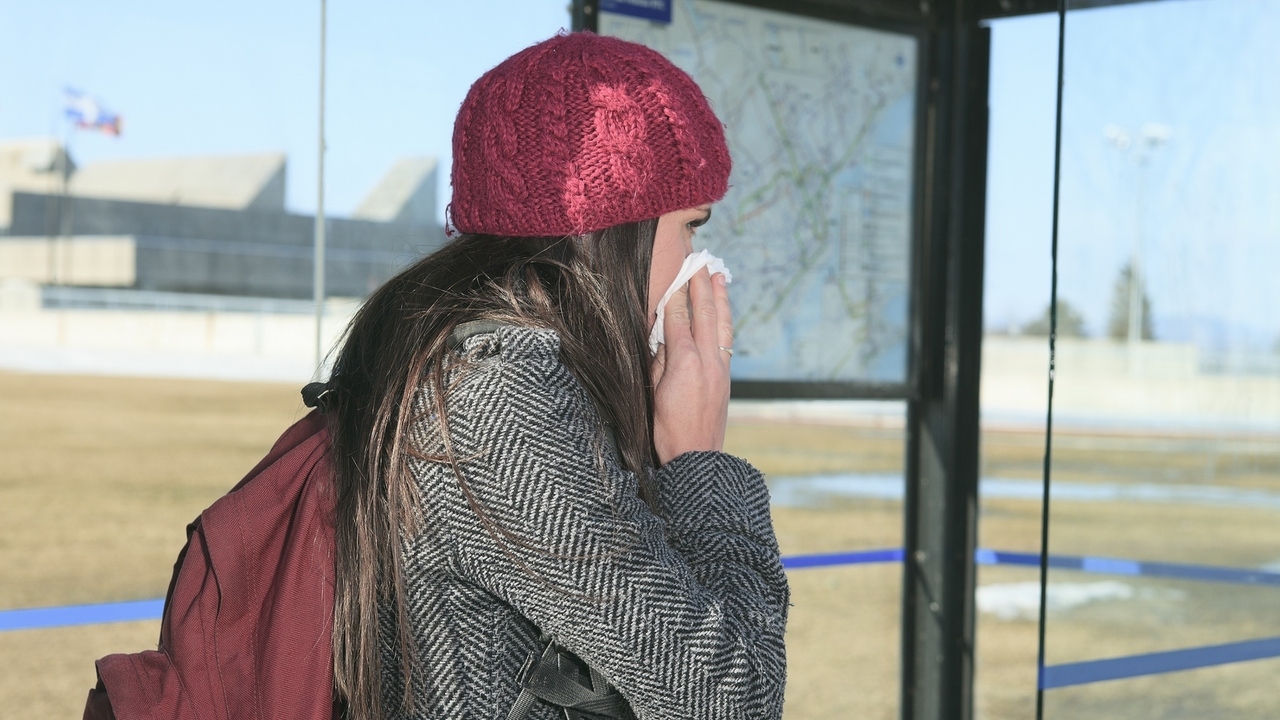What is Pulmonary Hypoplasia?
Pulmonary Hypoplasia (P-Hyp) is the failure for lungs to develop in-utero. This often afflicts only one lung. Basically, the lungs do not have sufficient tissue and blood flow to adequately perform the oxygen/carbon dioxide exchange that the body requires to function.
Approximately 15% of all peri-natal deaths are the result of pulmonary hypoplasia, making it the most common cause of death for neo-natal infants.
There is no particular, singular cause for P-Hyp, but family histories and ultrasound findings may provide a warning that development is not progressing as it should.
The development of the lungs is affected by other things inside the chest cavity. Those things most commonly include conditions like (www.ucsfhealth.org):
Insufficient intra-thoracic space - where the size of the chest cavity is compromised by congenital diaphragmatic hernia, intra-thoracic tumors, or pleural effusions. The bowel and stomach may actually sit inside the chest cavity.
Prolonged oligohydramnios - where there has been long-term deficiency of amniotic fluid, the lack of development of kidneys, and premature rupture of the membranes
Decreased or absent fetal breathing movements
Symptoms of Pulmonary Hypoplasia
A baby born with pulmonary hypoplasia will exhibit immediate respiratory distress: fast breathing, bluish tinge to skin (particularly fingernails and around the mouth), skin around chest cavity, nose and mouth appear to "cave in" as the baby tries to breath, and abnormally high levels of carbon dioxide in the bloodstream.
P-Hyp will appear differently with certain conditions. For example, with congenital diaphragmatic hernia, P-Hyp will materialize in a boat-shaped abdomen; with olighydramnios, the baby's face will have wide-apart eyes, low-set ears, receding chin, and a flat nose; with lesions in the central nervous system, there will be signs of abnormal central nervous system function. P-Hyp may also show signs of certain syndromes.
Diagnosis and Treatment of Pulmonary Hypoplasia
Definitive diagnosis can only be made through an autopsy, so diagnosis otherwise is really a strong suspicion and based on clinical presentation (along with historical factors, unexpected respiratory distress, or the symptoms described above).
In such cases where pulmonary hypoplasia is suspected, your baby will require intubation and assisted ventilation, with the ventilator set to a very low pressure. Where there is congenital diaphragmatic hernia, the stomach and bowels will need to be decompressed, otherwise ventilation can worsen lung malfunction. The baby will be evaluated for pH and blood gases through an umbilical arterial catheter, and sent for a chest x-ray. Oxygen saturation monitors will be placed on the right hand and left foot to measure pulmonary hypertension.
Other treatments will include administration of inhaled nitric oxide and continued vigorous resuscitation that can last several hours. Finally, surgery may be required in the case of CDH to repair the hernia.
According to www.ucsfhealth.org, the "outcome of infants with P-Hyp is related mainly to lung size and presence of other anomalies." Because of the difficulty of diagnosing P-Hyp clinicalyl, accurate mortality statistics are not available. Prenatal ultrasounds can help predict the outcome of infants with congenital diaphragmatic hernia (Lung:Head Ratio at 22-27 weeks). Severe P-Hyp, due to renal causes of olighydramnios, generally has a poor prognosis for survival. Survivors of P-Hyp often have chronic lung disease. Infants with CDH also have associated problems with feeding, growth and development.
Sources: www.patient.co.uk, www.wrongdiagnosis.com, www.ucsfhealth.org, www.dictionary.com






Add a CommentComments
There are no comments yet. Be the first one and get the conversation started!